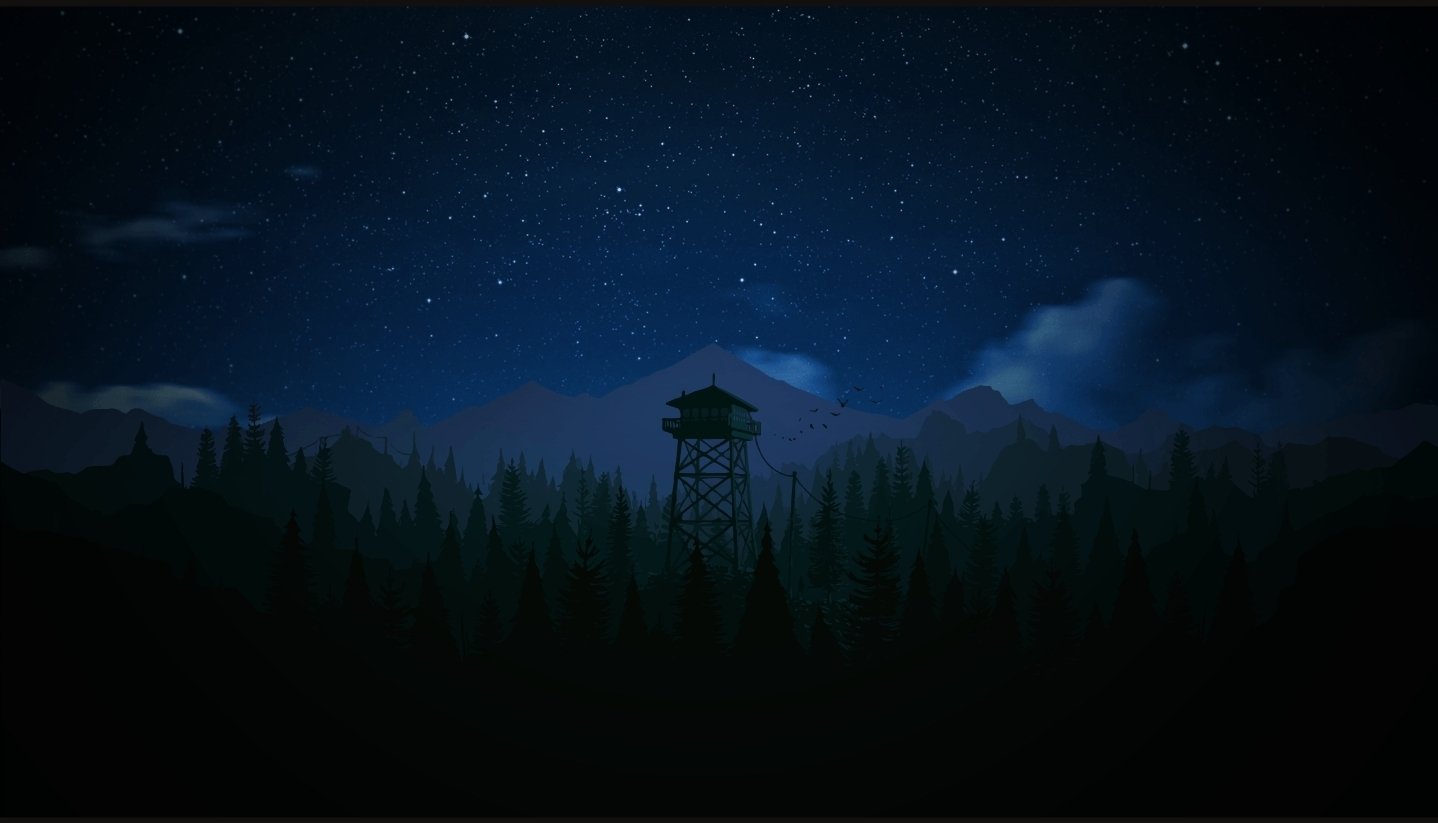Bleeding Kansas was a period of violence spurred on by President Pierce admitting Kansas into the US as a state with the requirement it would vote as to if slavery would be permissable there.
This led to advocates of both sides moving there in attempt to increase the chances of their side winning. Unfortunately adding numbers to the census wasn’t the only way to sway the election. There would be several attacks between partisans during this period, the one this sword featured in is known as the Pottawatomie massacre where it was used by John Brown the American Abolitionist of Harper Ferry fame. During that night 5 pro-slavery men would die.
In the words of abolitionist Frederick Douglass, it was “a terrible remedy for a terrible malady.”
Across the entirety of Bleeding Kansas 100+ (number disputed) anti-slavery advocates would die and fewer than 80 pro-slavery advocates would meet that same fate.
Ultimately Kansas was admitted as a free state in 1861, but sporadic violence would continue.


I just want a smith or weapon smith to tell me why you would want a (depending on how to look at the sword) a double to single fuller or single to double fuller. I understand why a fuller exists, just not why you would want to switch. Is it to help move any blood away from the hands to account for issues with hands slipping?
Hi! I’m not a swordsmith, but I am a swords_man_ and I know why fullers were invented.
Fullers have nothing to do with moving blood. They are added to strengthen a blade by creating internal angles while simultaneously removing material and thus lightening it. A blade with fullers will be stiffer and more resilient than a flat blade of the same weight. A good short sword like this weighs maybe 3-5 lbs. Not a lot, but swing one around for more than a couple minutes and your arm is ready to come off! (My personal record is about 45 min of non-stop sparring and afterward my fingers had locked up and had to be pried off the grip.)
Every fuller you add removes some material so there’s clearly diminishing returns, but the goal is to preserve the strength of a blade while reducing the weight.
Finally, fullers may be added to a blade for style. They look cool and smiths may add fullers decoratively. Especially if you see a fuller on a knife/dagger or something that really isn’t expected to take heavy blows - it’s probably just there to look good.
Edit: I suspect that the double fuller here is an especially aggressive grind - the center “bar” looks like it’s intended to be basically a rod with just enough “edge” remaining to keep the blade together. But it’s also flashy enough that I’m thinking anesthetics played a role here too.
Weight would be my guess.
My brain tells me that second bit is a truss rod. I’m just gonna decide my brain is right and that swords can have truss rods.